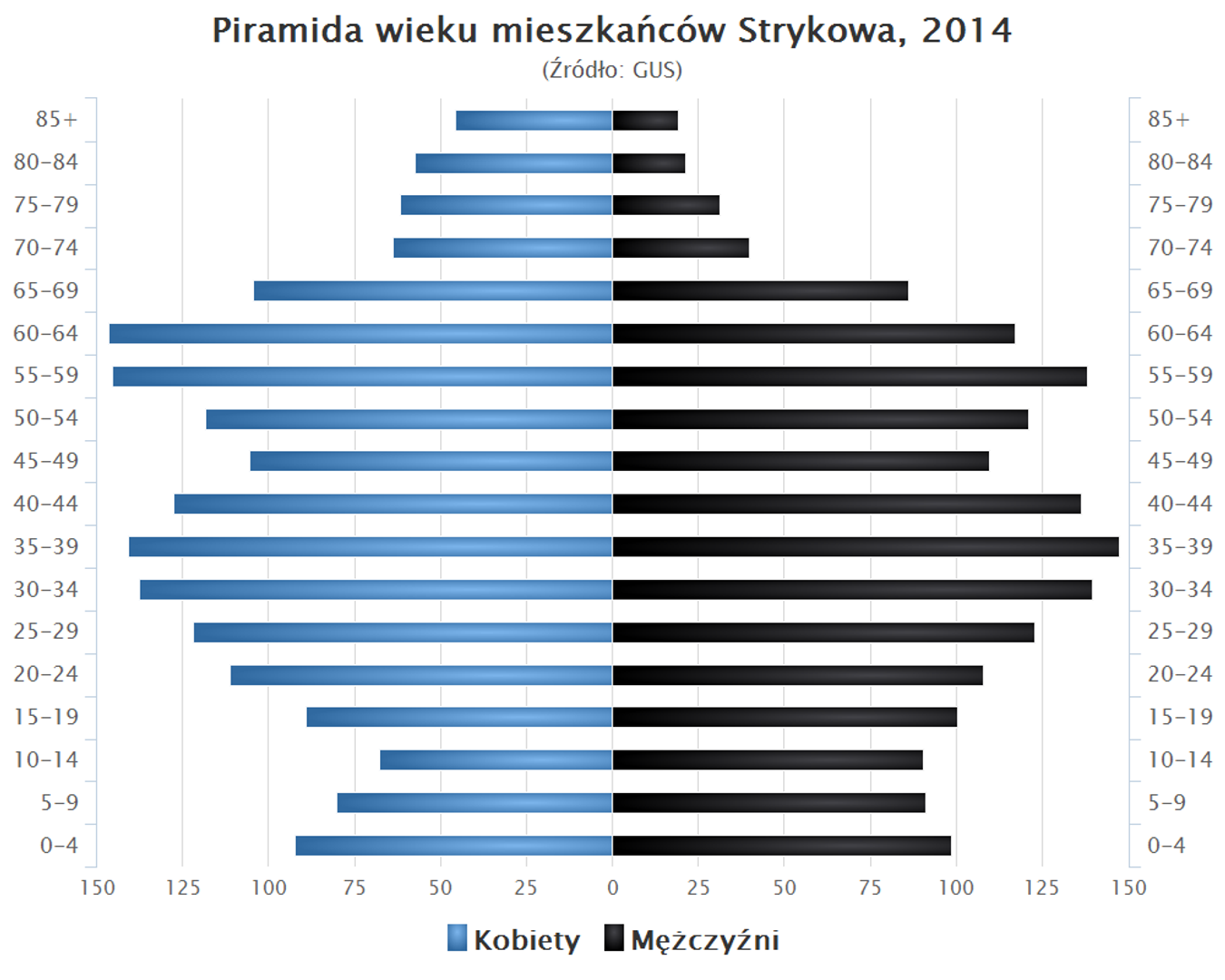Stryków
6.33

Overview
Stryków is a town in the Łódź Voivodeship, within the Zgierz County, which received its town rights in 1394. Situated on the Moszczenica River in the historic land of Łęczyca, the town developed over the centuries as a center of trade and crafts, especially during the Middle Ages, when it lay on an important communication route. After the Swedish invasion in the 17th century, Stryków declined, only to be revived in the 18th century thanks to local initiatives. However, it lost its town rights in 1870. Its municipal status was restored in 1923 following the development of local crafts, particularly tailoring and shoemaking. During World War II, the town lost a significant portion of its population, primarily Jews. The architecture of Stryków features distinctive brick and wooden houses from the 18th and 19th centuries, as well as three churches: the Neo-Baroque St. Martin's Church, the Neo-Gothic Mariavite Church, and remnants of a 17th-century former church. Stryków is also home to a Mariavite cemetery and the remains of a Jewish cemetery. The town offers numerous tourist attractions, including a popular reservoir with a beach and water equipment rentals, as well as sports facilities such as an Orlik 2012 sports field and a skatepark. Stryków is well-connected, with the A2 motorway, national road 14, and a railway station. Its economy is dynamically developing, making it an attractive location for investments, especially in the logistics sector. The town hosts various cultural and sports events, with football and cycling clubs. An interesting fact is the strong presence of youth, who actively contribute to the development of local sports and recreational initiatives. Additionally, Stryków is the hometown of many well-known and influential individuals, including historians, poets, and athletes.
Location
Tickets
Powered by GetYourGuide
2025 Wizytor | All Rights Reserved